MINNEAPOLIS—The scene June 5 was one of contrasts at MIGIZI Communications, Inc., a non-profit native youth education center in South Minneapolis. In front of its empty and flame-scorched building, colorful prayer flags waved and smudge smoke drifted on the breeze, as hundreds of staffers, students and community members gathered for a unity and healing ceremony.
The building was one of many in the area destroyed by fires that broke out amidst protests following the killing of George Floyd, a 46-year-old black man, by a white Minneapolis police officer.
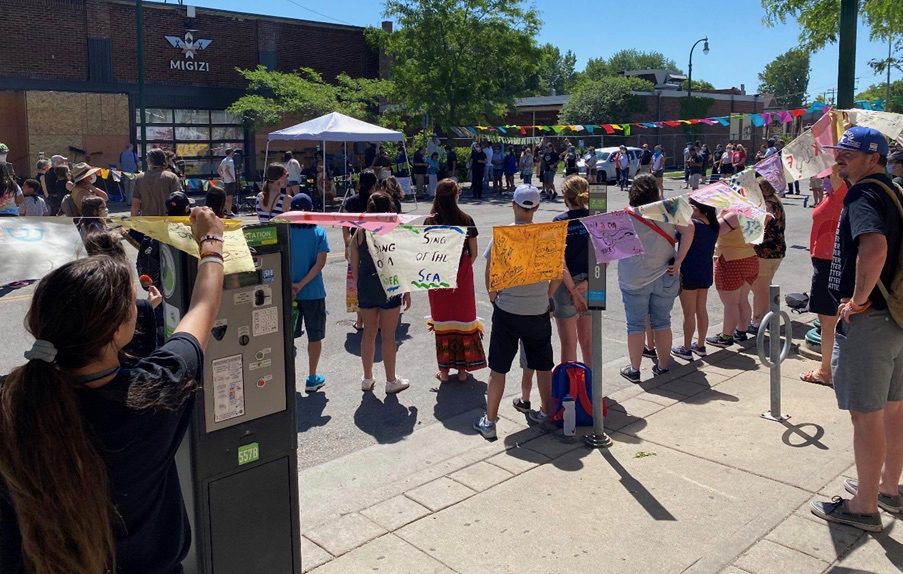
MIGIZI was founded in 1977 “with a goal of countering misrepresentations and inaccuracies about native people in the media.” Its name means “bald eagle” in the Ojibwe language, because the bird signifies communication as well as guardianship and high standards. In 1982, its First Person Radio program became the first regular native program carried over National Public Radio’s satellite system. Today its initiatives include green jobs training and media skills training for native youth.
Members of the American Indian Movement (AIM), created in 1968 in response to police brutality against American Indians living in the Twin Cities, were given curfew exemption to help patrol their neighborhoods during the recent protests.
AIM patrol fought into the night to protect MIGIZI from multiple nearby fires, but flames eventually spread from an adjacent building and overwhelmed it.
Despite their curfew exemption, AIM members who stood outside the Little Earth of United Tribes’ housing complex on May 30 were targeted by the National Guard and Minnesota State Police using rubber bullets and flash grenades, according to sources on the scene.
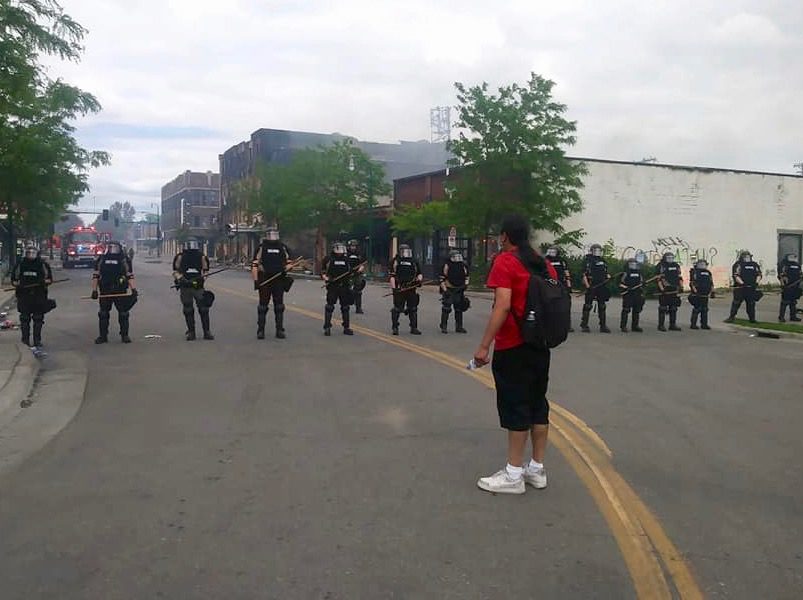
Several MIGIZI students at the healing event said they do not trust the Minneapolis police, one recalling watching family members being arrested when she was young. Students seemed united in their hopes that recent events lead to lasting change.
Ambersky Stevens, a MIGIZI student, was one of several who spoke at the event.
“I watch my friends march for a purpose. I’ve seen students spend late nights patrolling the streets and taking care of our communities. I see so many of us cleaning the streets in the wake of all this destruction: This will be what defines us,” she said.
“Now we are heard, we are seen. Not because of the violence and the looting, but because we are standing united.”
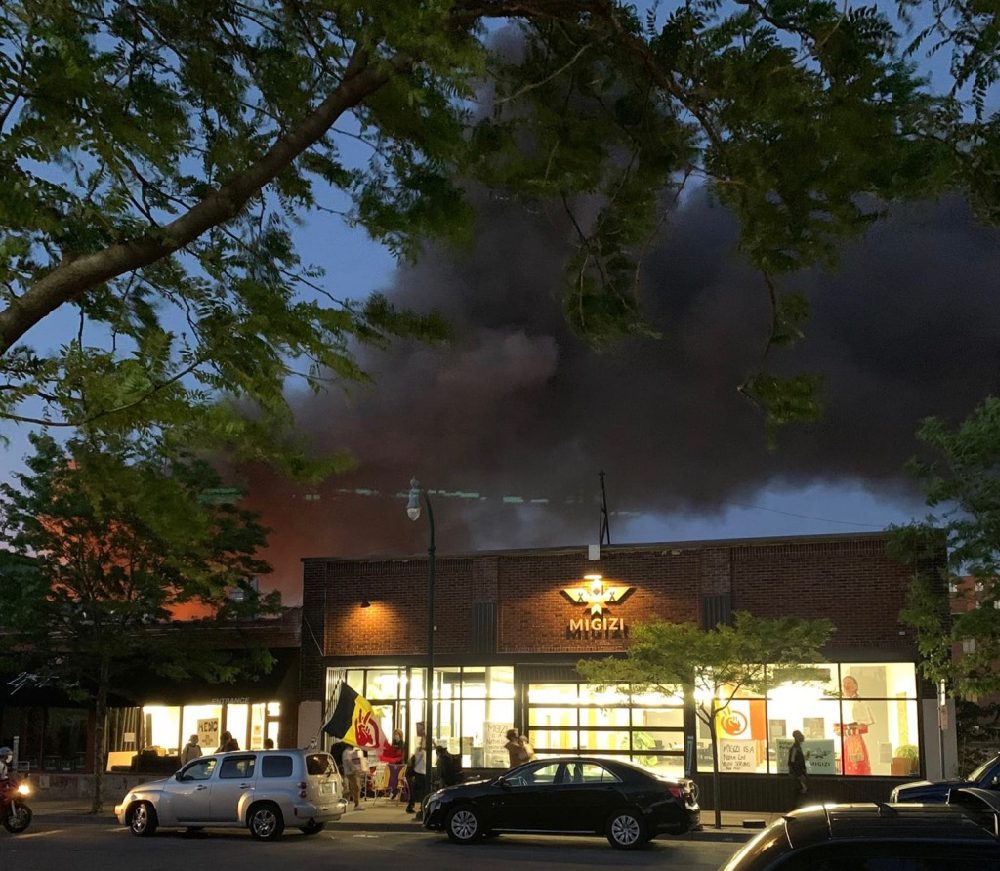
Afterwards, Stevens said she hopes the events of the past weeks makes a difference.
“We hope for change,” she said. “It shouldn’t have taken a man to die in order for people to understand.”
Hopa Stevens, another student, echoed this wish. She also talked about what MIGIZI means to her and the community.
“This was a safe place for us,” she said. “It also offered free meals during the school year to kids that need it, so it does a lot of good for the community.” She said her favorite activity at MIGIZI was making ribbon skirts.
It was not only the staff and students who felt the loss of the building. Since its founding, MIGIZI has been an incubator for changes felt city- and state-wide.
Minnesota Lt. Gov. Peggy Flanagan, member of the White Earth Nation, talked about the destruction of MIGIZI during a news conference May 30.
“MIGIZI, an institution in our community that has been the foundation of organizing, for education and for opportunity for building community together, is no longer there. We did not do that. We have been coming together to take care of our community,” she said. Many say the widespread fires and looting were perpetrated by outside agitators.
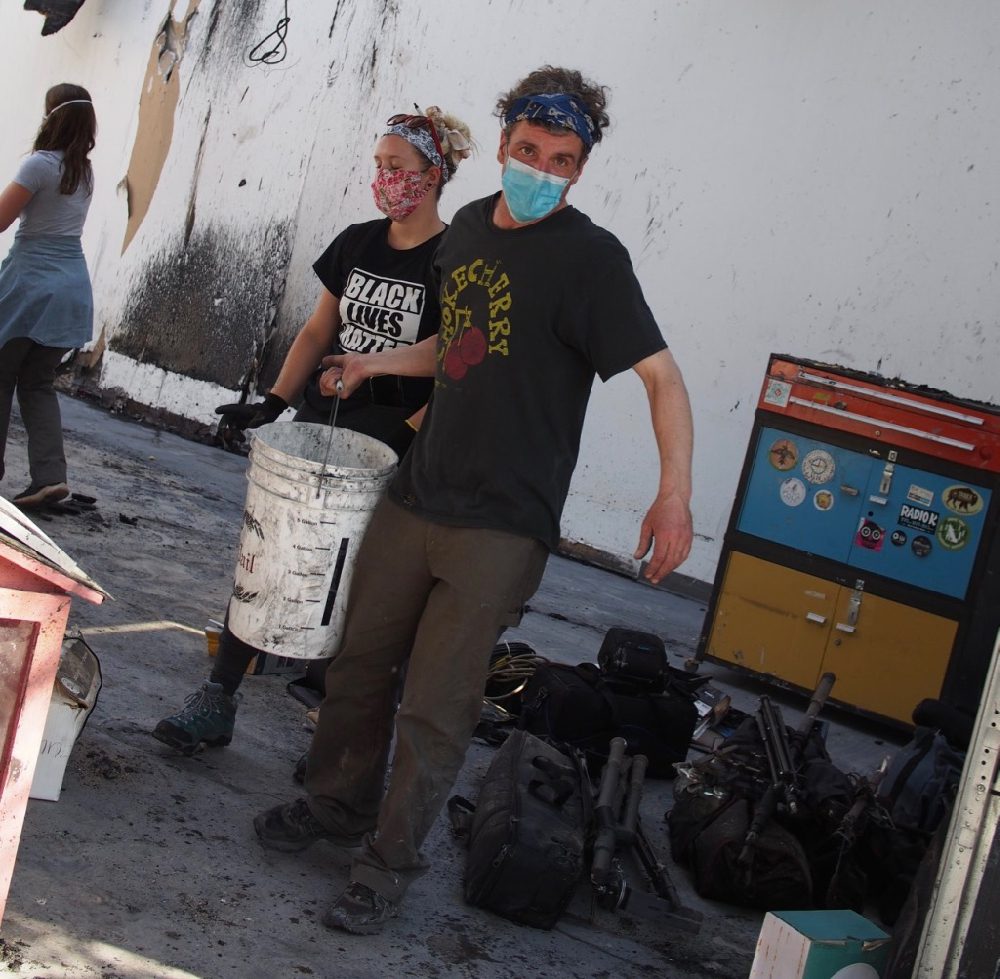
Jacob Vang, MIGIZI’s Marketing and Communications manager, said cleaning out the destroyed building didn’t take long, as a large crowd of volunteers showed up the next morning.
“We literally just opened up the doors and a lot of people started coming over. Around 100-150 people came out that day,” he said. “Most of the volunteers were just our neighbors. There were a lot of people from out-of-state that came to help too. It’s great to see our community this united, no matter what race or age or demographic.”
Since the fire, MIGIZI has raised just over half of its $200,000 rebuilding fund goal.
This article originally appeared in Native Sun News Today.
Justine Anderson is an environmental and outdoor writer, and correspondent for Native Sun News Today. She graduated from St. Cloud State University in 2016 with a degree in Print Journalism and currently lives in central Minnesota. She can be reached at [email protected].
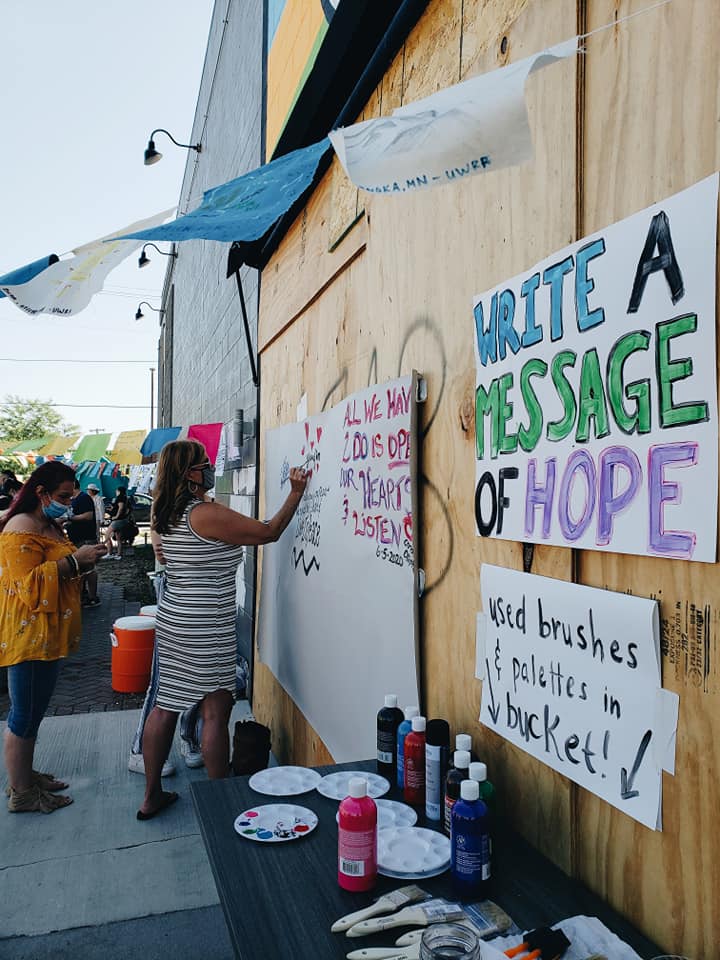
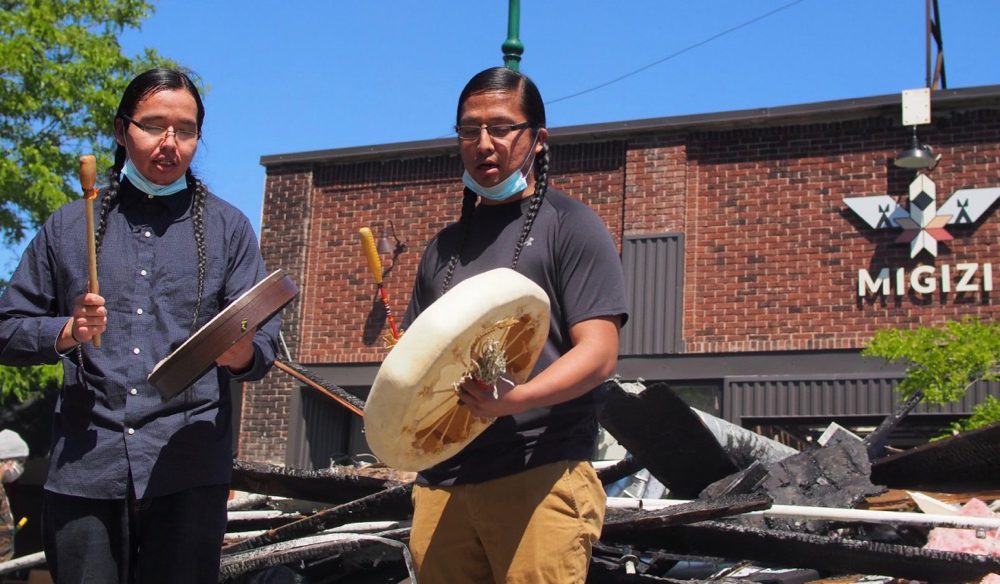
First Person Productions George Floyd Indigenous media MIGIZI Minnesota Fires Native media
Please provide a link to the rebuilding fund.